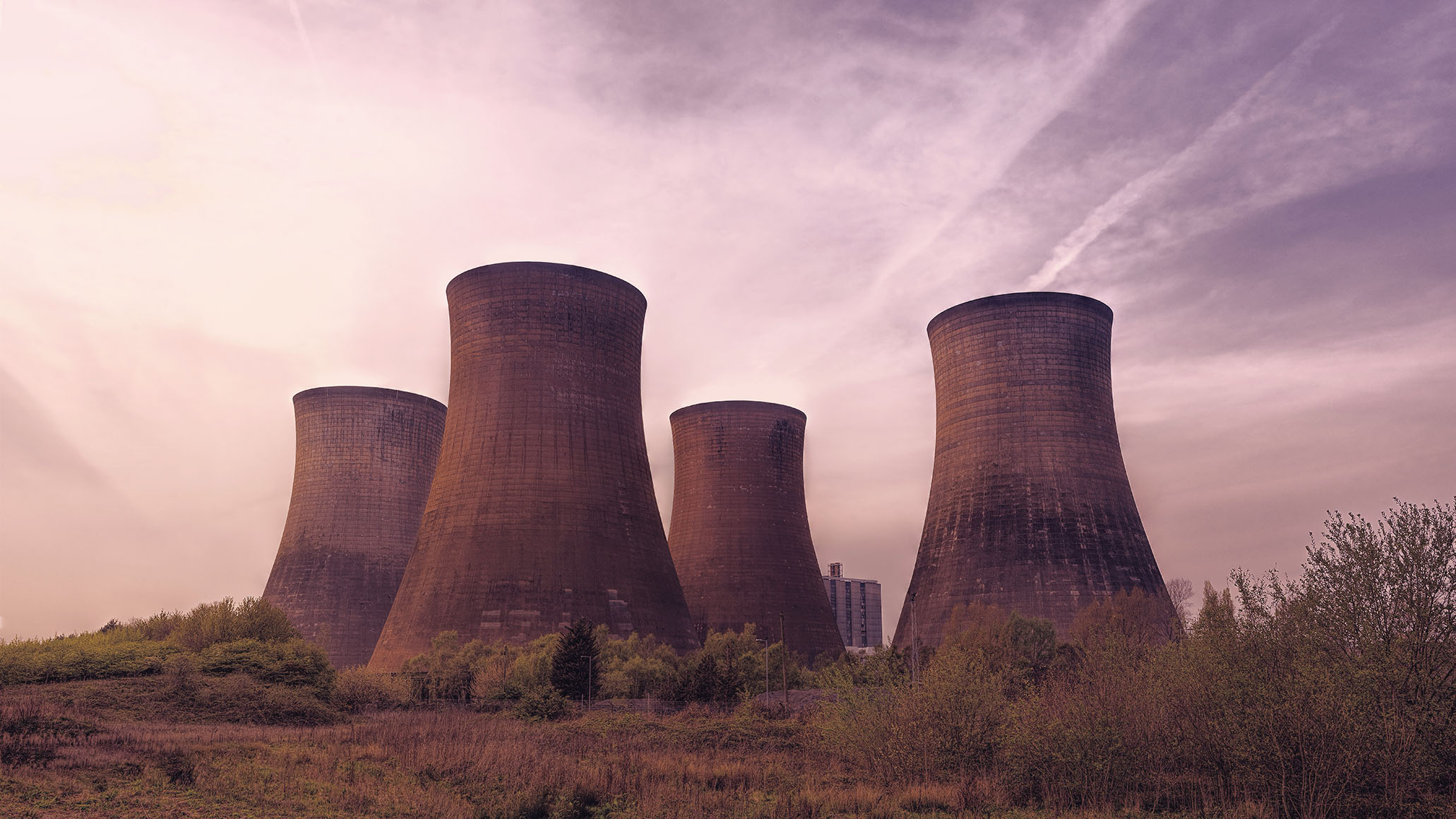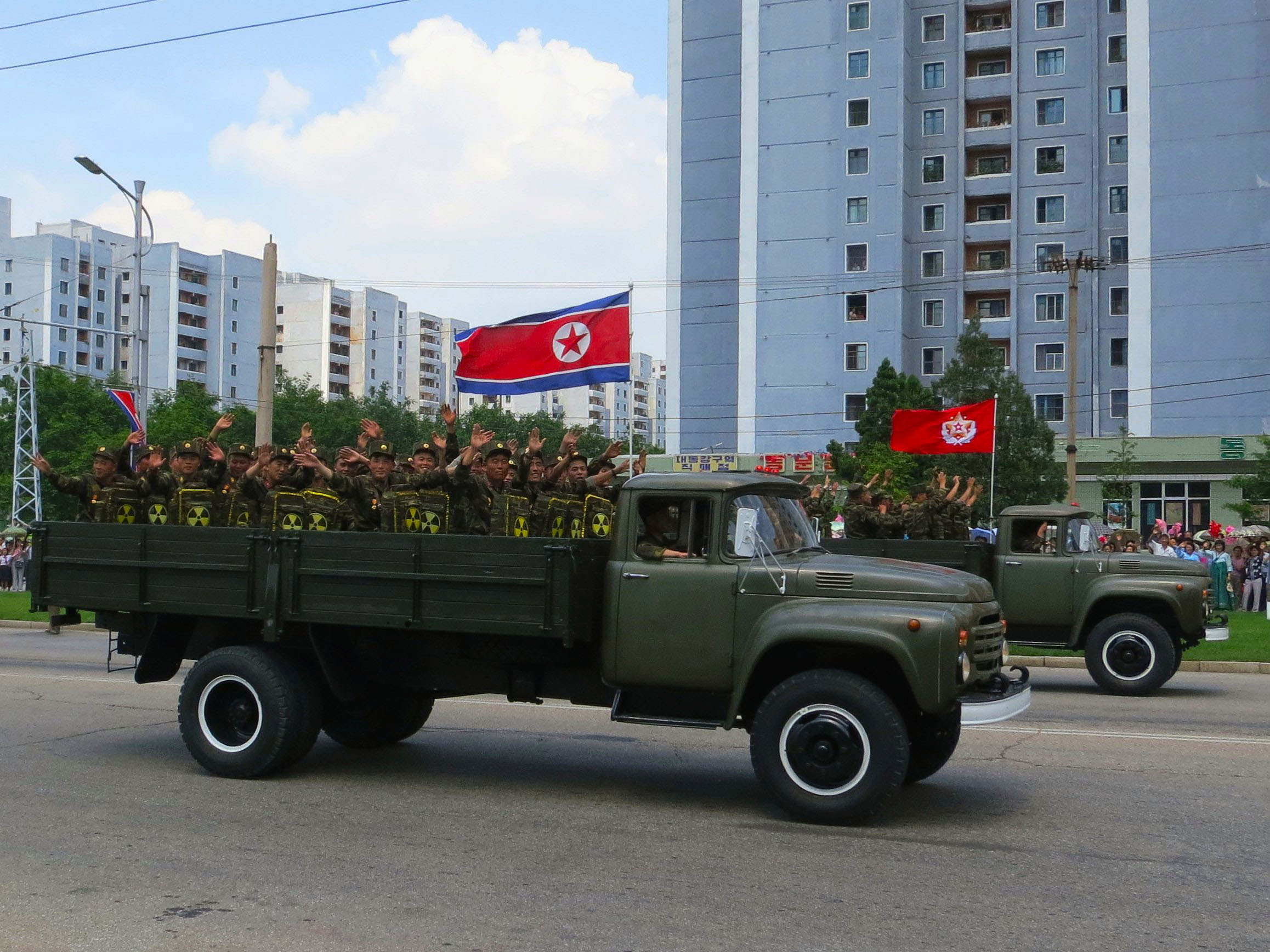Exploring the Sweet Spot of Nuclear Latency of North Korea
Exploring the “Sweet Spot” of Nuclear Latency of North Korea for Effective Denuclearization Process
By: KIM Chul-min
Should the ultimate goal of North Korea’s denuclearization be to abandon all of their nuclear capabilities? I would like to argue the opposite. In order for North Korea to achieve a nuclear deal in the form of abolishing its nuclear weapons, other countries should allow them to possess sufficient ENR capabilities and provide a nuclear power plant to solve the energy supply problems they face.
Contrary to popular belief, countries that voluntarily abandoned nuclear weapons, such as Ukraine and South Africa, also had high levels of nuclear latency for a certain period of time after their declaration of denuclearization. Similar type of great bargain was also made between the Nuclear Weapons States (NWS) and non-nuclear weapons states (NNWS) in the Nuclear Non-Proliferation Treaty (NPT). North Korea can only give up its nuclear weapons only with this tacit consent.
Since the ENR technology development is not prohibited in the NPT, some NNWS could have developed extensive level of latency. Some of them leveraged it to practice coercive diplomacy [1] and enjoyed bargaining and deterrence benefits [2]. From this perspective, in order to achieve the goal of North Korea’s denuclearization while ensuring the stability of the regime, ensuring a high level of latency can be a more attractive proposal than any political promise. Considering the political complexity of East Asia, North Korea’s complete denuclearization, or complete abandonment of nuclear capabilities and regime stability cannot coexist. Among the countries participated in the six-party talks, three countries (USA, China and Russia) are Nuclear Weapon States (NWS). Japan has indigenized, complete fuel cycle technology including significant amount of domestic Plutonium stockpile. South Korea has a lower level of nuclear latency than Japan, but has a high level of fuel cycle research capability and at the same time is most sensitive to the security threats from North Korea’s nuclear weapons. How could North Korea give up their nuclear warheads, without having any substitute nuclear capabilities?
‘Although many recent studies have analyzed the effect of nuclear latency on international politics, very little is actually known about nuclear latency [3]. Where is the sweet spot of nuclear latency in Northeast Asia? Since it is reasonable to believe that North Korea has already secured nuclear weapons capabilities above the level of South Africa, it is highly likely that the potential sweet spot of latency should be set at least at the level of South Africa. One option is to give up the Plutonium stockpile instead of allowing commercial enrichment of 20% of the ENR, or conversely to give up the HEU instead of allowing the use of the MOX form of Plutonium. Since it is difficult to secure high-reliability explosive technologies and bombardment technologies to reach the United States in a short period of time, North Korea has sufficient incentives to accept them.
At this time, the NWS should only negotiate nuclear weapons dismantling, and South Korea and Japan should propose safeguards and verification of North Korea’s fuel cycle facility in order to balance latency. If the three Korea, Japan, and North Korea negotiate the nuclear latency level and perform the fuel cycle facility verification process in the presence of the IAEA, the security threats that Korea and Japan face can be reduced, thus reducing the motivation for nuclear hedging. This will increase nuclear transparency, promote regional stability, and ultimately enable peaceful conversion of North Korean fuel cycle facilities.
In addition, nuclear power plants can not only contribute to the stable energy supply that North Korea longs for, but can also be used as a tool to promote participation in international norms. In other words, this contributes to reducing proliferation risk by increasing their nuclear transparency and increasing the opportunity cost of energy supply. Since nuclear power plants enable continuous supply of sensitive materials, it has been recognized that they can be used for hedging and aid in building latency in the country in the name of supplying energy (dual- purpose). However, nuclear power plants can lower proliferation risk in situations where an ENR plant is already in operation [4].
Before the establishment of the nonproliferation regime based on the NPT and the Nuclear Suppliers Group (NSG) in the 1970s, there were cases of using a nuclear power plant as a dual purpose. However, after the establishment of the NPT, nuclear power has been used as a factor that hinders proliferation [4]. Historically, nuclear reactors in the KEDO project were cards that could be exchanged for the development of North Korean ENR capabilities. However, with full ENR capability as well as nuclear weapons, they have good reason to take seriously the proposal of a stable nuclear material supply and nuclear reactor supply.
After North Korea operates a nuclear reactor to supply energy, it cannot be easily abandoned due to the importance of domestic energy supply. A gas pipeline connecting China-Russia- North Korea-Korea-Japan may be a good option, but nuclear reactors are more advantageous for international surveillance and control. Of course, this holds on the premise that the reactor is under the IAEA safeguards agreement. Remote safeguards technology, which is being developed recently, could contribute to increased nuclear transparency while North Korea feels less reluctant.
Therefore, for denuclearization in North Korea, a closed fuel cycle must be allowed and a nuclear power plant must be constructed. This is an attractive option as it satisfies North Korea’s desire to complete its indigenous fuel cycle, while reducing their nuclear latency to manageable levels. At this time, Korea and Japan should actively participate in the verification process of North Korea’s fuel cycle facility in order to promote regional nuclear nonproliferation by raising East Asia’s nuclear transparency.



